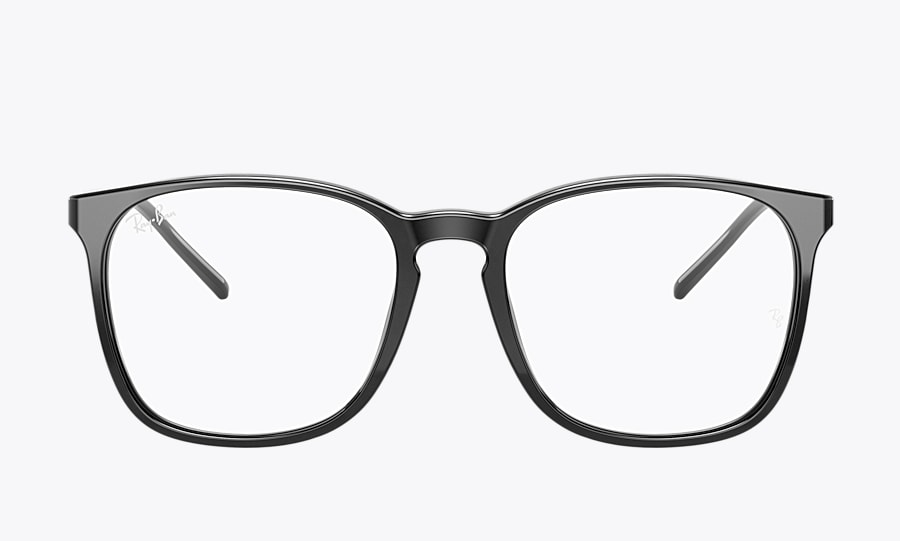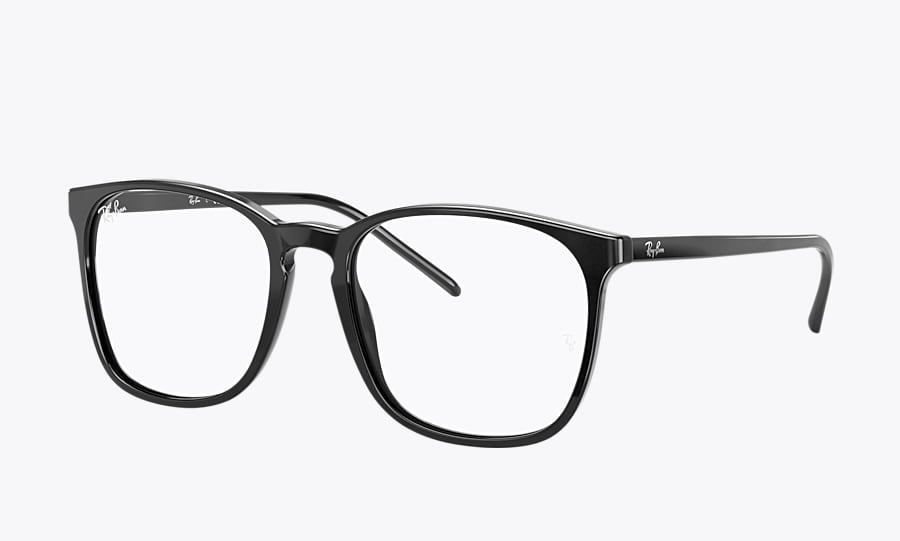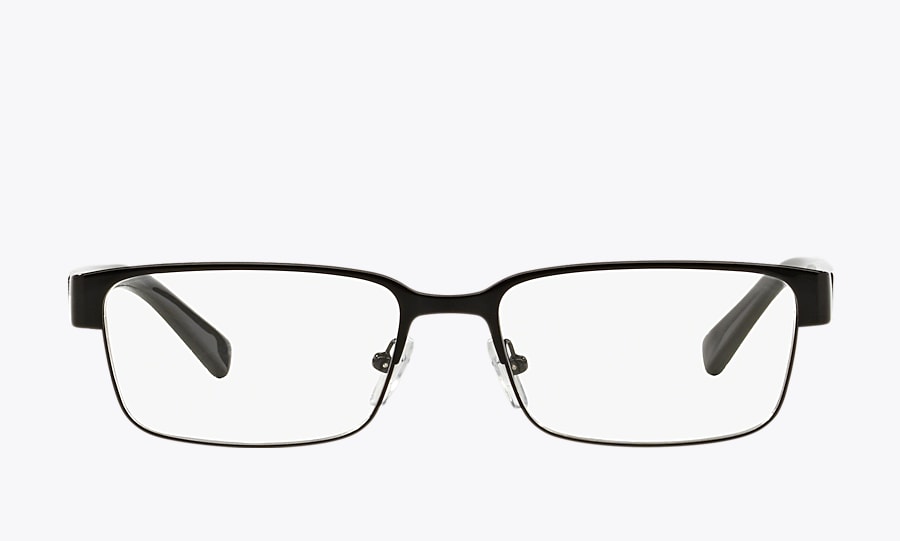Anti-Reflective Coating: What It Is and How It Can Help You See Better
Glasses Types

You want your glasses to give you the best vision possible. Adding anti-reflective coating to your lenses is one way you can optimize your vision.
What Is Anti-Reflective Coating?
The more light that reaches your eyes, the better you can see. Anti-reflective coating (also called “AR coating” or “anti-glare coating”) decreases the amount of light that is reflected off the front and back surfaces of your eyeglass lenses. This lets more light pass through the lenses and reach your eyes.
Light is critical for good vision. When light enters your eye, it hits the retina — the light-sensitive layer of tissue at the back of the eye. Photoreceptors cells in the retina turn the light into electrical signals. Those cells send the electrical signals to the optic nerve, and the optic nerve sends them to the brain. The brain turns those signals into the things you see.
Most regular plastic lenses reflect about 8% of the light hitting the lenses so only 92% of available light enters the eyes. AR coating eliminates almost all reflections so up to 99% of light passes through your anti-glare glasses and reaches your eyes.
How Does Anti-Reflective Coating Work?
The exact formula of anti-reflective coating depends on the company that makes it. In general, AR coating is made of many very thin layers of metal oxides that are applied to the lens surface. The layers alternate between high and low refractive indexes (the refractive index measures how the lens refracts — or bends — light). The more layers there are, the less amount of light that’s reflected onto the lenses of your anti-glare glasses.
The majority of lenses with anti-reflective coating have a very light tint, which is usually green or blue. The color depends on the brand of coating that’s on your lenses.

Benefits of Anti-Reflective Coating
Along with increasing the amount of light that reaches your eyes, anti-reflective coating has other benefits:
- Reduces eye strain. Lenses with anti-reflective coating can ease digital eye strain. Digital eye strain can happen when you spend a lot of time looking at screens on devices such as computers, smartphones and tablets.
- Makes anti-glare glasses look more attractive. AR coating eliminates reflections so your lenses look nearly invisible. People see your eyes more clearly, and you can make better eye contact with others.
- Improves night driving. AR-coated lenses reduce glare and reflections from headlights. They also lessen the halo effect around street lights and traffic lights to help you see better when you’re driving at night.
- Looks better in photos. Anti-reflective coating reduces the reflection from strong lighting or camera flashes. (You’ll always look great in your selfies!)
- Helps lenses last longer. A layer of anti-scratch coating often comes with anti-reflective coating and can help your lenses look better and last longer.
Another benefit of anti-reflective coating is that it can be applied to many types of lenses including:
- Single-vision lenses – Single-vision lenses help you see better either close up or far away.
- Progressive lenses – Progressive lenses enable you to see clearly up close, at arm’s length and far away.
- Blue light-blocking lenses – Blue light lenses reduce your exposure to blue light from the sun and digital screens that can damage your eyes.
- Reading lenses – Reading lenses help you see things up close more clearly.
- Photochromic lenses – Photochromic lenses are clear indoors and automatically get dark when exposed to the sun or other sources of ultraviolet radiation.
- Sunglasses – Anti-reflective coating helps you see better while wearing sunglasses. It eliminates the glare from sunlight reflecting into your eyes from the back surface of your sunglasses when the sun is behind you.
AR coating is especially beneficial on high-index lenses. These lenses are thinner and lighter than regular plastic lenses. They can reflect up to 50% more light than regular plastic lenses so less light reaches your eyes.
How To Clean Glasses With Anti-Reflective Lenses
Most premium AR lenses include a surface treatment to seal the anti-reflective layers and make the lenses easier to clean. These treatments also repel water so you won’t get water spots on your lenses. Some lens surface treatments repel both water and oil from your skin.
Whatever type of anti-reflective lenses you have in your anti-glare glasses, it’s important to clean them the right way:
- Use products that your optician recommends.
- Avoid harsh chemicals because they can damage the anti-reflective coating.
- Wet the lenses before cleaning.
- Don’t use a dry cloth on a dry lens because this can cause lens scratches.
Anti-reflective coating has many benefits, but it is an add-on so your anti-glare glasses will cost more. If you’re considering it, talk to your eye doctor so they can help you decide if it’s worth it for you.



















